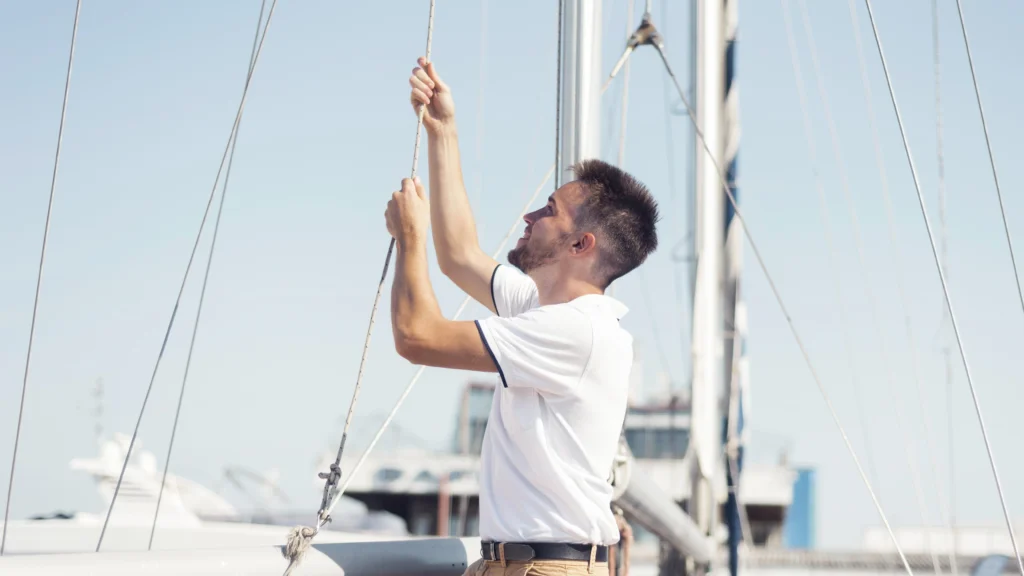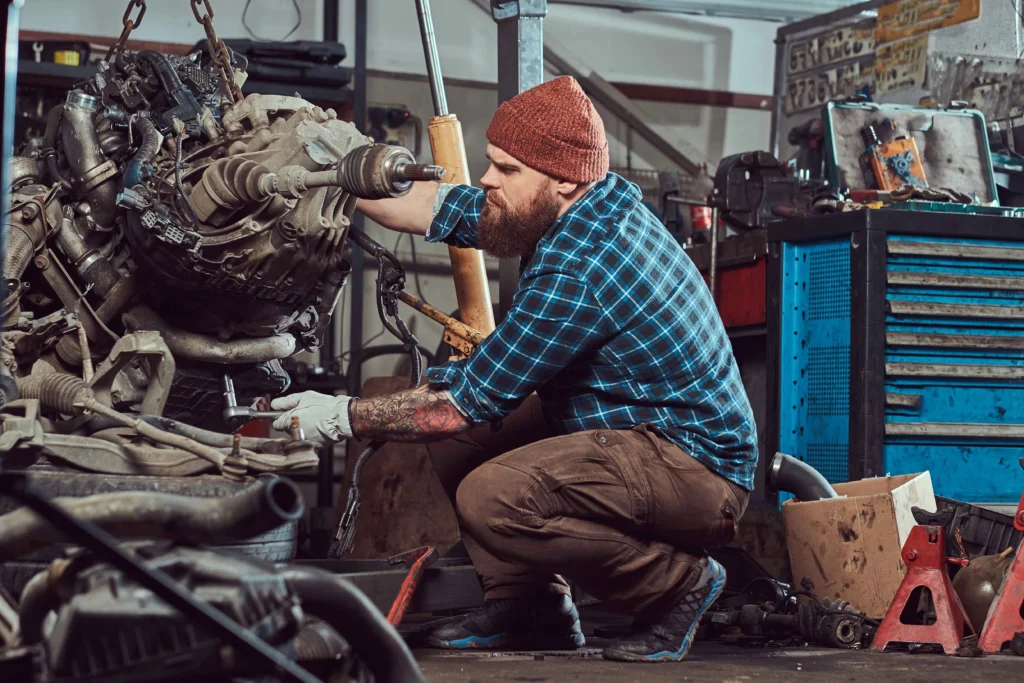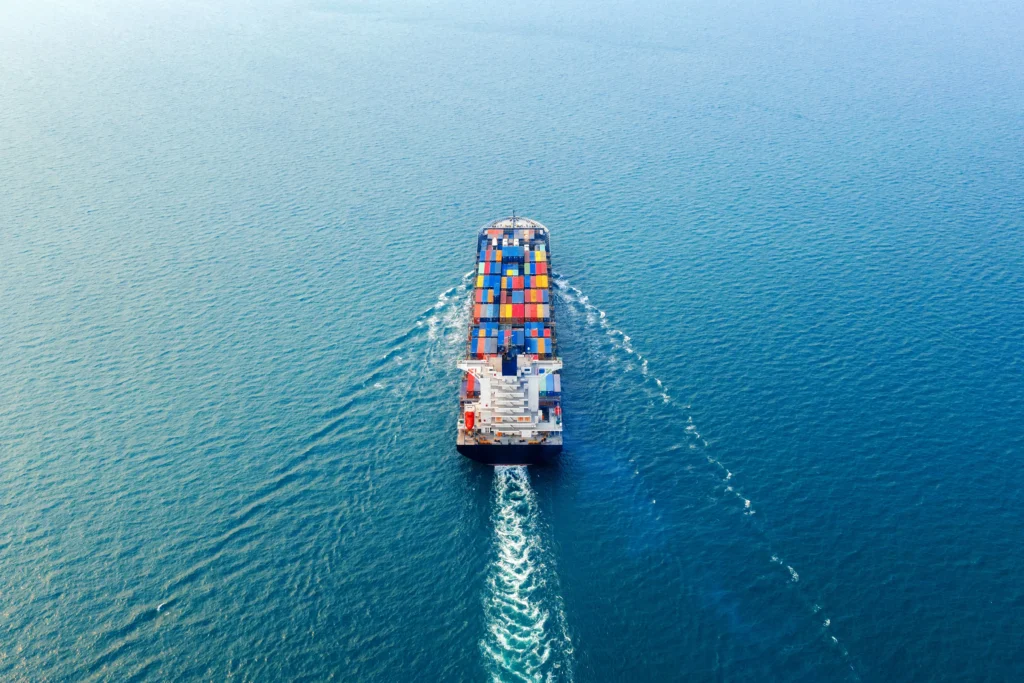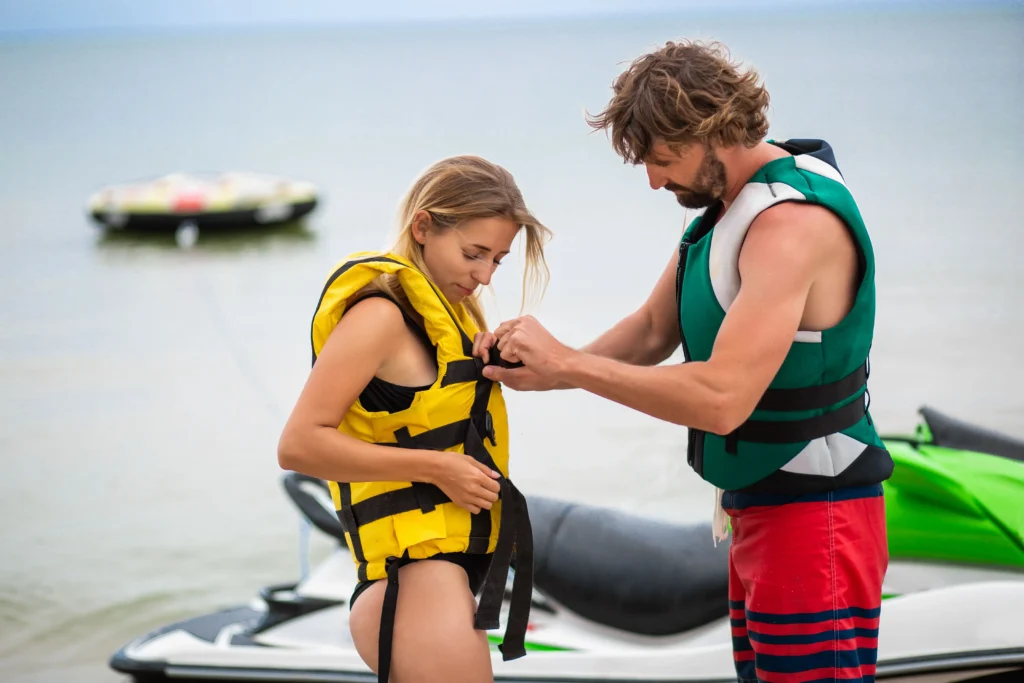Boating Directory Articles
Popular Categories on Boating Directory
Sailmakers / Sails and Rigging
**Sailmaking, Sails for Yachts, and Rigging: An Overview**

Sailmaking, the creation and maintenance of sails for yachts and boats, is a specialized craft that plays a critical role in the performance and safety of sailing vessels. Alongside sailmaking, rigging—the system of ropes, cables, and hardware that supports the mast and controls the sails—is equally important for the operation and maneuverability of yachts and sailboats.
This industry caters to both recreational sailors and professional racing yachts, with a wide range of sails and rigging solutions designed for different types of sailing, from casual cruising to competitive racing.
** Sailmaking: Crafting Sails for Performance and Durability**
**The Process of Sailmaking**
Sailmaking involves designing, cutting, and assembling sails tailored to specific types of boats and sailing conditions. Modern sailmakers utilize both traditional craftsmanship and advanced technology to create sails that are not only durable but also optimized for performance.
– **Design and Planning**: The first step in sailmaking is understanding the requirements of the boat, such as the size, type of sailing (e.g., cruising, racing), and the typical wind and sea conditions. Sailmakers use specialized software to design sails that maximize aerodynamic efficiency and durability.
– **Materials**: Sails are made from high-performance fabrics designed to withstand the rigors of marine environments. Modern materials include Dacron, Kevlar, Spectra, and carbon fiber, each offering different levels of stretch resistance, strength, and weight.
– **Cutting**: Precision cutting is essential for shaping the sail panels to match the design. Some sailmakers use computer-controlled cutting machines to ensure accuracy.
– **Assembly and Sewing**: The panels are sewn together using reinforced stitching, and corners are reinforced with patches and grommets to handle the strain from rigging and wind forces.
– **Final Testing**: Sails are often tested for performance on the water, and adjustments may be made to ensure optimal shape and fit.
**Types of Sails for Yachts**
– **Mainsail**: The mainsail is the primary sail on a yacht, attached to the mast and boom. It provides the bulk of the yacht’s power and is vital for upwind sailing.
– **Genoa or Jib**: These are the headsails that are rigged forward of the mast. The Genoa is larger and overlaps the mast, while the jib is smaller. Both are crucial for maneuverability and sail balance.
– **Spinnaker**: A spinnaker is a large, lightweight sail used when sailing downwind. It’s balloon-like and is designed to capture maximum wind on broad reaches and runs.
– **Storm Jib**: A smaller, heavily reinforced sail used in high-wind conditions, the storm jib is a critical sail for safety during rough seas.
**Custom vs. Standard Sails**
Sails can be custom-made to fit specific yachts and meet particular performance requirements, or they can be standard, off-the-shelf options designed for general use. Custom sails are typically favored by racing sailors or those looking for optimized performance.
**Rigging: The Backbone of the Sailboat**
Rigging refers to the system of wires, ropes, and chains that support the mast and manipulate the sails on a boat. It is divided into two main types: standing rigging, which supports the mast, and running rigging, which controls the sails.
**Standing Rigging**
Standing rigging is the set of wires or rods that support the mast in an upright position. It includes:
– **Shrouds**: These are the wires that run from the top of the mast to the sides of the boat, providing lateral support.
– **Stays**: Stays are wires that run fore and aft from the mast to the bow and stern of the boat. The **forestay** or **headstay** supports the mast from the front, while the **backstay** provides support from the rear.
– **Chainplates**: These are metal fittings on the boat’s deck or hull to which the shrouds and stays are attached.
Modern standing rigging is often made from stainless steel or composite materials like carbon fiber, providing strength with minimal weight.
**Running Rigging**
Running rigging consists of all the lines that control the sails and adjust their shape. This includes:
– **Halyards**: Used to hoist sails up the mast. Halyards must be strong and resistant to stretch to keep the sail properly tensioned.
– **Sheets**: These are the ropes used to control the angle of the sails relative to the wind. The mainsheet controls the mainsail, while the jib or genoa sheets control the headsails.
– **Vangs and Cunninghams**: These are used to control the shape of the sails by adjusting the tension on the boom and the luff (the forward edge of the sail).
**Rigging Maintenance**
Rigging requires regular inspection and maintenance to ensure safety and performance. Key tasks include:
– **Inspection of Wires and Fittings**: Standing rigging should be checked for corrosion, broken strands, and tension adjustments.
– **Running Rigging**: Lines should be inspected for wear, especially where they pass through blocks or cleats.
– **Lubrication**: Blocks, winches, and other moving parts should be lubricated regularly to prevent friction and wear.
**Popular Sailmakers and Riggers in Australia**
Australia has a strong maritime tradition, and its sailmaking and rigging industry is well-developed to serve both local sailors and international racers. Some well-known sailmakers and rigging companies include:
– **North Sails Australia**: With branches in Sydney, Melbourne, and Perth, North Sails is a global leader in sailmaking, known for high-performance sails used in everything from cruising yachts to the America’s Cup.
– **Quantum Sails**: Offering custom sails for all types of yachts, Quantum Sails has a presence in Australia, providing solutions for both cruising and racing.
– **Rolly Tasker Sails**: Based in Perth, Rolly Tasker Sails is a renowned sailmaker, producing quality sails for yachts worldwide.
– **Sydney Rigging Specialists**: Known for their expertise in both standing and running rigging, this Sydney-based company services many competitive racing yachts and cruising boats.
**Technological Advances in Sailmaking and Rigging**
– **3D Moulded Sails**: Modern sailmakers use 3D molding technology to create seamless sails that offer optimal shape retention and performance. Brands like North Sails’ 3Di technology use composite fibers to make durable, lightweight sails.
– **Composite Rigging**: Traditional wire rigging is increasingly being replaced by composite materials like carbon fiber or PBO (polybenzoxazole) cables, which offer superior strength-to-weight ratios and reduced stretch.
– **Hydraulic and Electric Systems**: For larger yachts, hydraulic or electric winches and furling systems allow for easier sail handling, particularly in challenging conditions.
**Conclusion**
Sailmaking and rigging are essential aspects of yacht sailing, influencing the boat’s performance, safety, and ease of handling. Whether you’re a casual cruiser or a competitive sailor, investing in high-quality sails and properly maintained rigging will enhance your boating experience. With advancements in materials and technology, sailors now have access to more durable and efficient solutions, ensuring better control and performance on the water.
Sponsored Business
Related Articles
Inboard Engine Service and repairs
Boating Directory Articles Popular Categories on Boating Directory Marine Clothing...
Read MoreBoat transport shipping
Boating Directory Articles Popular Categories on Boating Directory Marine Clothing...
Read MoreJet Ski Sales, Service and repairs
Boating Directory Articles Popular Categories on Boating Directory Marine Clothing...
Read MoreNaval Architects
Boating Directory Articles Popular Categories on Boating Directory Marine Clothing...
Read More


